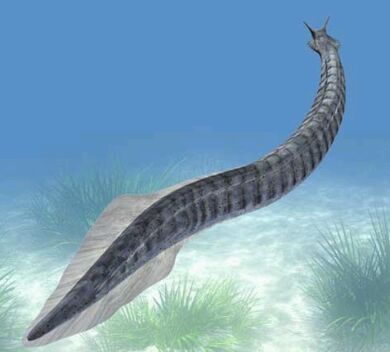Subphylum Cephalochordata are commonly known as Amphioxus, and there is about 29 species. The habitats of the species is in coastal sandy shallow waters.
They have the main chordate features into adulthood.
Food time?
They are filter feeders with the water first entering the mouth and then passing through the pharyx into the gill slits and then into the atriopore where the water exits.
They can also trap food in their mucous which is what the endostyle creates and the it enters the intestine by the cilia. They are able to digest their food via a hepatic caecum which is when the food is intracellularly digested.
How to move?
They have a V musculature which helps with powerful swimming.
Circulation?
They have a closed system with a ventral and a dorsal aorta. The ventral aorta is the contractile one.
The blood first flows through the ventral aorta and into the branchial arteries then to the dorsal aorta. It flows through the tissues and return to the veins which then starts the circle back again at the ventral aorta.
They have no central pumping structure like a heart.
Paedomorphosis
The larvaes of this subphylum was able to retain larval traits in adulthood and also develop gonads. This is part of paedomorphosis.
Some example species includes:
Pikaia

Haikouella

I am done with these because in the next blog the sole focus from here on will be: SUBPHYLUM VERTEBRATA! This is what we are under too fellow humans!
